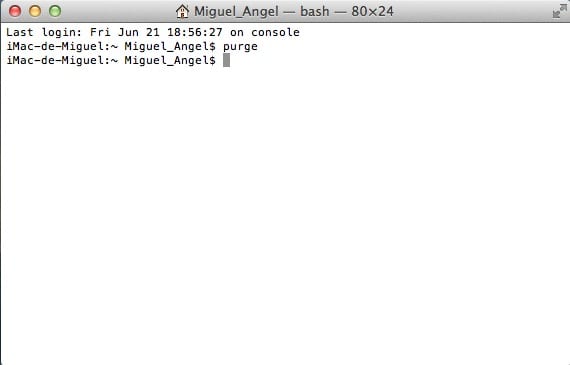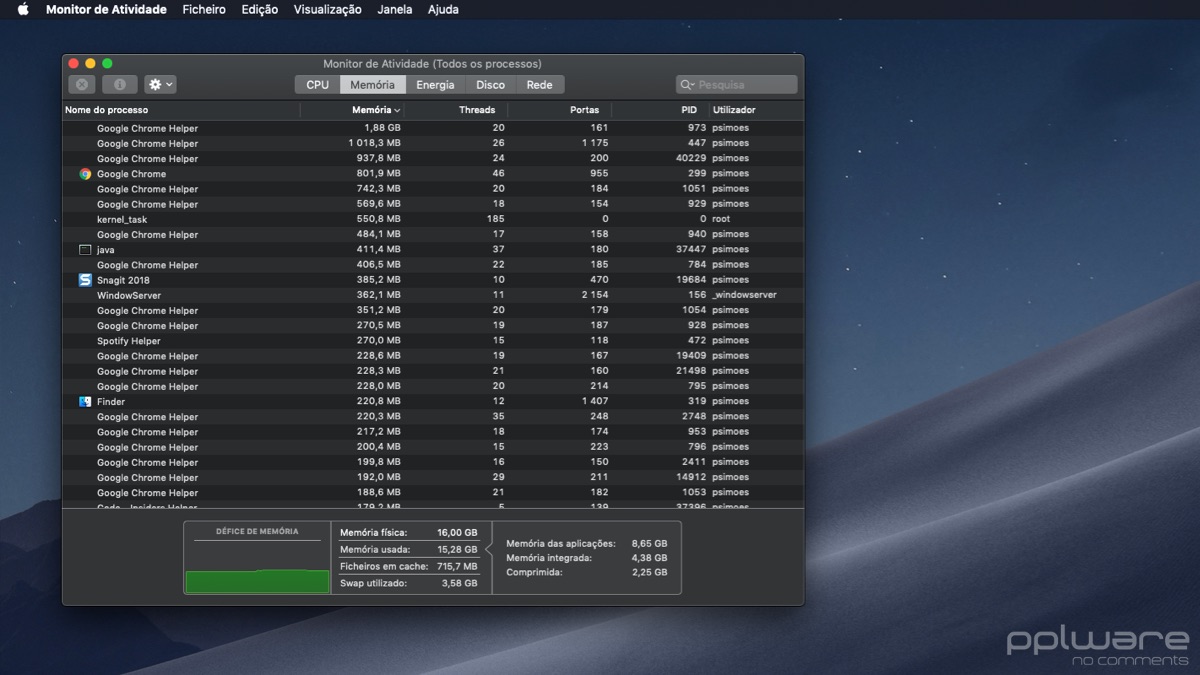Instead of working hard, Apple chooses to work smart (for the most part, looking at you, G4 Cube). Instead of making your hard drive bigger, they’ve tackled the problem of limited space on your Mac with cloud storage. Which, in its turn, created a slice on your storage bar named “Purgeable”. Now let’s take a look at how did that come about.
Apple Mac OS X is generally good at memory management but I sometimes find the inactive memory takes a long time to be released as free memory and my system can grind to a bit of a halt if I need to start up a virtual machine. This post shows how to use the purge command to free up the inactive memory. To expand the file you will need PKZip for PC's or Stuffit for Mac's. Do not attempt to purge your print head by injecting water, alcohol or Windex or anything else directly into the print head. It can lead to problems if not done exactly right. The above purging procedure is the safest and most reliable purge method for the sponge filled.
What is Purgeable disk space on Mac?
Purgeable storage consists of files that macOS deems suitable for removal. Something that can be literally purged away from your drive and cause no trouble. The appearance of Purgeable storage is connected to the feature of Optimized storage in macOS. When Optimized storage is turned on, loads of files get moved into the cloud and for some of them, actual presence on your drive is optional. But for which exactly?
Which files are considered Purgeable?
Nobody can be a hundred percent sure, but the main guess is that these are both your files and system-generated files that comply with two criteria:

- They’re like really old and you haven’t opened/used them in a while.
- They are synced with iCloud so their original file can be removed from your Mac.
Purge Command For Mac
Purgeable files can be of any type. From watched movies in your iTunes to applications languages you’ve never used.
But what renders them purgeable and what does it mean? The system finds these files and knows that when you start running out of space and you have your Optimized Storage turned on, it can remove these files to give you more space.
How do I view my Purgeable Storage?

You can see how much space your macOS can purge in a number of places:
- The first option, and the most visual one is your native storage tab. To access it choose About This Mac in the Apple menu then switch to the Storage tab.
- In the Status Bar of your Finder when it’s turned on (to turn it on click on View and then Show Status Bar).
- Another way would be to click on Go in the top menu, choose Computer right-click on your hard drive > Get Info
- Also, View > Options panel will turn on the display of hard disks on the Desktop.
- Finally, you can simply ask Siri how much free space you have left.

How to clear Purgeable space on Mac?
You don’t usually need to delete purgeable space on your own, but if it really bugs you, jump to the next headline. Purgeable space is labeled so that you know: whenever there’s a free-space issue, you’re safe because your macOS will automatically clear up that purgeable space and it will become free space instead.
The only thing you need to do to have your macOS removing these files when it’s needed is to have your Optimized Storage turned on. To do it, go to the Storage tab in About This Mac menu and click Manage. Now you can turn any option you’d like to be synced with iCloud. You can read more on Optimized Storage and how to use it.

Is there a way to force remove Purgeable space on Mac?
Yup. It’s pretty easy and all you need is a Mac maintenance app like CleanMyMac X that does exactly what macOS does — detects useless files — but unlike macOS, lets you remove them quickly.
Now, to remove purgeable space in just a few clicks:
- Download CleanMyMac X for free.
- Go to the Maintenance tab.
- Choose Free Up Purgeable Space.
- Hit Run.

Purge For Kids
Once you’ve reclaimed purgeable space, use CleanMyMac’s Smart Scan tool to remove junk files, speed up the system and scan your Mac for malware — all in one go.
Also, it’s a good idea to clear your browser extensions, old Wi-Fi connections, and apps you don’t use once in a while. Simply in a form of general Mac system hygiene.
Purge For Turn In Memo
That’s about all you need to know about what is purgeable space on Mac, so we hope this article has been of help. macOS is a great addition to Mac, we’re glad it has space-saving features and other cool stuff (Siri!) but it could’ve been a bit clearer to users, that’s for sure. Anyway, have a good day and keep your Mac clean.
Purge Purgeable Files Mac
These might also interest you:
